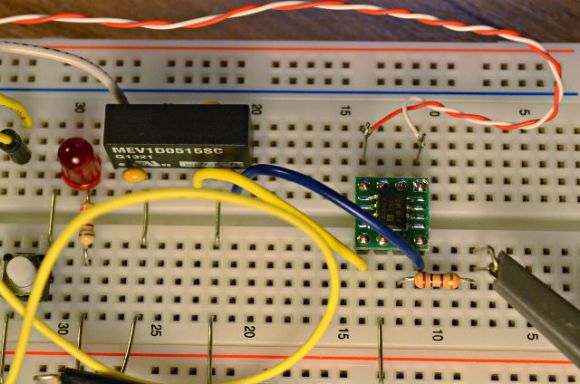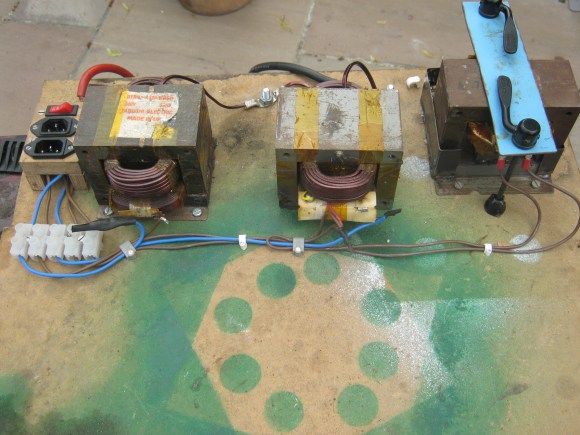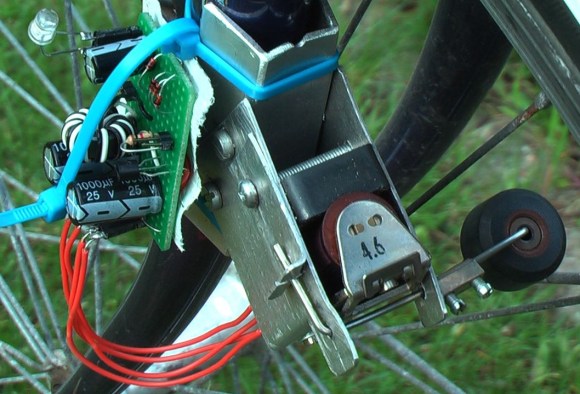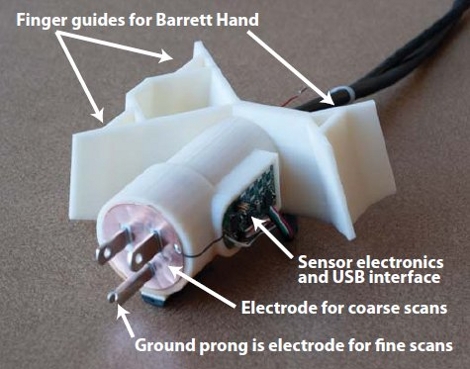
[Paul] knew that he could get an oscilloscope that would measure the microamp signals with the kind of resolution he was after, but it would cost him a bundle. But he has some idea of how that high-end equipment does things, and so he just built this circuit to feed precision data to his own bench equipment.
He’s trying to visualize what’s going on with the current draw of a microcontroller at various points in its operation. He figures 5 mA at 2.5 mV is in the ballpark of what he’s probing. Measurements this small have problems with noise. The solution is the chip on the green breakout board. It’s not exactly priced to move, costing about $20 in single quantity. But when paired with a quality power supply it gets the job done. The AD8428 is an ultra-low-noise amplifier which has way more than the accuracy he needs and outputs a bandwidth of 3.5 MHz. Now the cost seems worth it.
The oscilloscope screenshot in [Paul’s] post is really impressive. Using two 1 Ohm resistors in parallel on the microcontroller’s power line he’s able to monitor the chip in slow startup mode. It begins at 120 microamps and the graph captures the point at which the oscillator starts running and when the system clock is connected to it.
















